Search
Remove Ads
Advertisement
Search Results

Image
Extent of the Gupta Empire, 375 CE
This map shows the extent of the Gupta Empire at the end of Emperor Samudragupta’s reign in around 375/380 CE. It shows in detail the core region or base of the Gupta dynasty and the extensive conquests made by Samudragupta, as well as the...
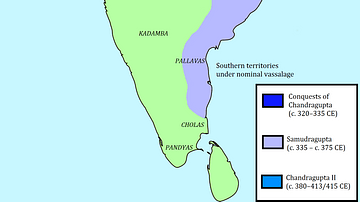
Image
Gupta Empire and Conquests
This map shows the conquests made by Gupta rulers in the 4th century CE and early 5th century CE. Of these three rulers—Chandragupta I, Samudragupta and Chandragupta II—Samudragupta’s conquests are the most important and the most extensive...
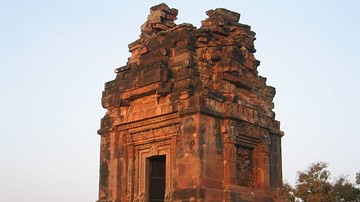
Image
Dashavatara Temple, Deogarh
The Gupta style Dashavatara temple, Deogarh in Madhya Pradesh, India. 5th-6th Century CE.
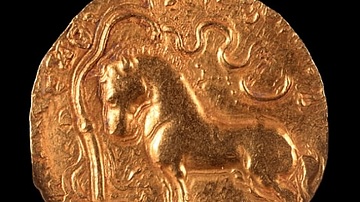
Image
Gold Coins - Gupta Period
Gold coins issued by Samudragupta (circa 335 – 375 CE).
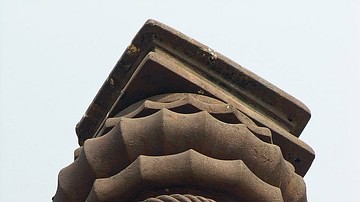
Image
Iron Pillar of Delhi
The Iron Pillar in Qutub Complex, Delhi is a stellar example of advanced metallurgy technology in Gupta Period (circa 320 - 550 CE). The 7 m (23 ft) high pillar was made corrosion resistant. It bears Sanskrit - Brahmi inscriptions eulogising...
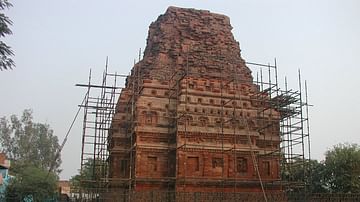
Image
Bhitargaon
The brick shikhara tower of the Hindu temple at Bhitargaon, Uttar Pradesh, northern India. Built in the late 5th century CE during the Gupta reign it is one of the oldest surviving Hindu temple buildings in existence.
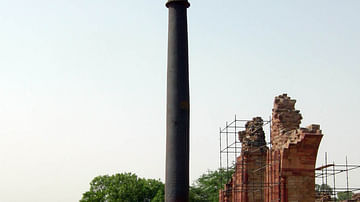
Image
Mehrauli Pillar
Iron pillar in the Qutb complex near New Delhi, India from the Gupta period.
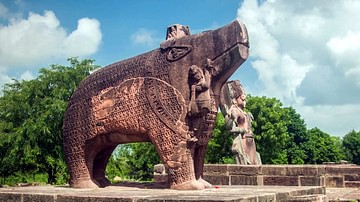
Image
Colossal Vahara Statue, Eran
A statue of Lord Varaha, the 3rd boar incarnation of Lord Vishnu. Beside the statue is the Earth goddess Bhudevi. This statue is carved from a single block of red sandstone with a height of 11 feet (3.35 meter). Made c. 510 CE, Gupta Empire...
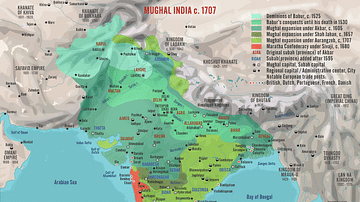
Image Gallery
9 Maps on Indian History
In this gallery, we examine the Indian subcontinent through nine maps to illustrate the region's history and rich tapestry of diverse cultures, civilizations, and pivotal events spanning millennia. The Vedic period established the groundwork...

Definition
Hindu Architecture
Hindu architecture evolved over the centuries from simple rock-cut cave shrines to massive and ornate temples which spread across the Indian sub-continent and beyond, forming a canonical style which is still adhered to today in modern Hindu...